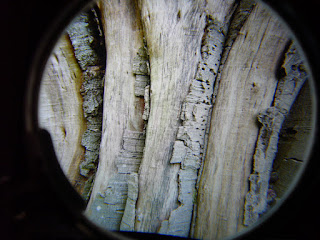In December 2019 I was invited to be part of an annual exhibition and festival of art in Hämeenlinna, Finland. Of course I was delighted at the opportunity to connect with international artists. The location in a former shopping centre felt a really good fit with my recent activities here in Wales, for example in Pantechnicon, Brunel House and Nonarchy.
The theme relating to what a post-capitalist world might be like was a perfect opportunity to further develop ideas about value, as outlined in the Pantechnicon post. The Brecon Beacons National Park, Wales, where I live and work, is typically seen as a site of natural beauty. Yet it is riddled with the scars of industrial activity from the earliest days of the industrial revolution to current engineering projects seen as essential to the local economy. One aspect of my practice consists in walking the landscape and watching out for the cast-offs and remnants of such activity, many of which, having passed through the transformations of time and chemistry, have acquired, for me, a certain aura, almost akin to ritual objects. Once purely utile, they have acquired a poetic force and different kind of value.
It’s now clear that the manipulation of desire, through the endless proliferation and marketing of consumer goods has global effects whose damage is out of all proportion to the apparent innocence of the products and their commercial theatres of display. The re-contextualised objects in these drawings, have the virtue of owning up not only to their own damaged nature and the damaging nature of the economic forces which originally brought them into being, but also of pointing forward into the looming catastrophe. They are the aftermath which points to the coming aftermath.
Sadly going to Finland to meet and share with other artists in Finland was impossible due to lock down but it will be possible to link in digitally via Kohtuus - Yhteys - Tasa-arvo and GalleriaKONE





















































